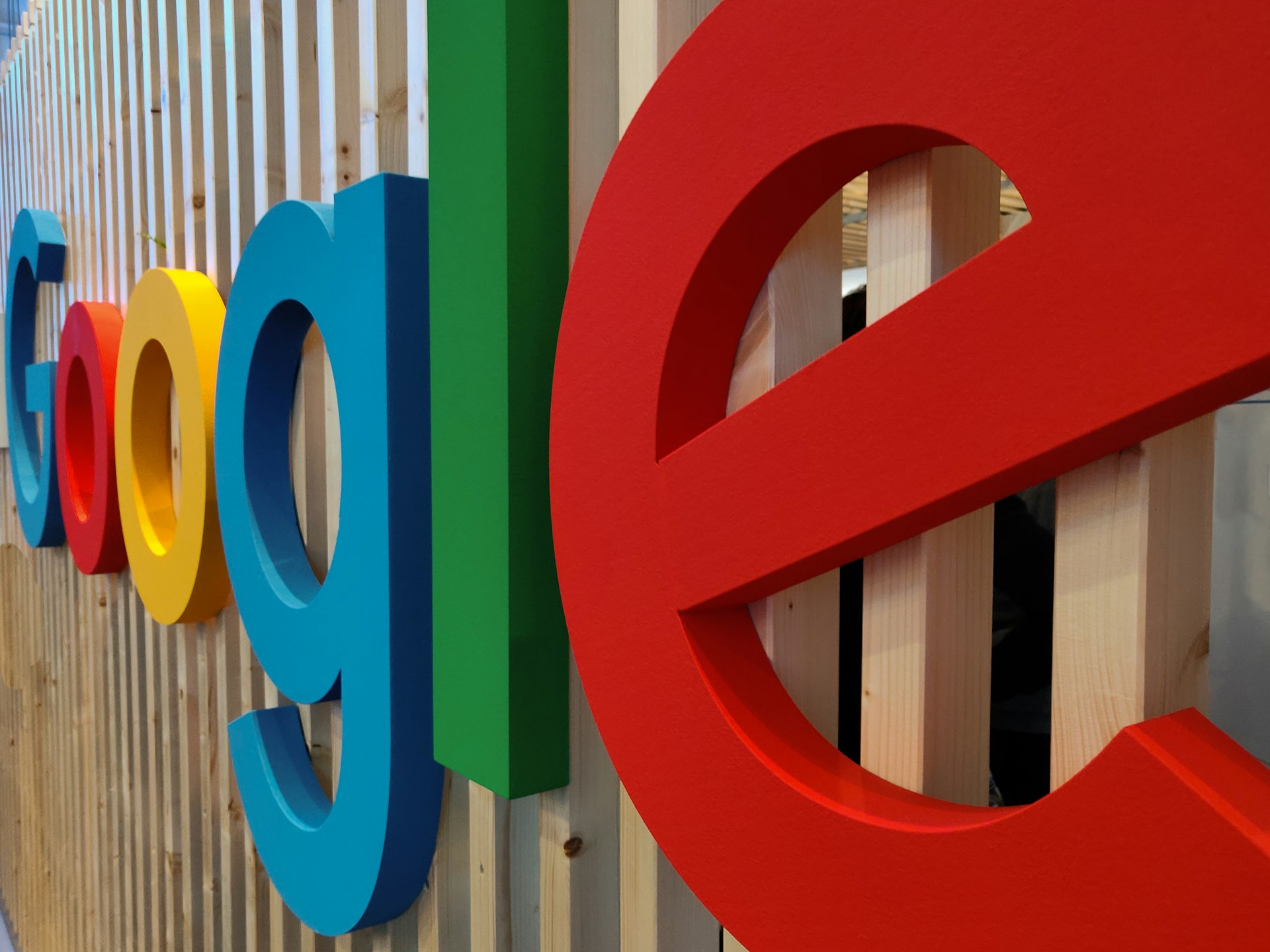Empowering Students: Proven Approaches to Student-Led Learning Success

Photo by Walls.io on Unsplash
Introduction
Student-led learning approaches are transforming classrooms by shifting the focus from teacher-driven instruction to student empowerment. These methods put students at the center of their educational experience, encouraging them to take ownership, set goals, and actively engage with content and peers. This article provides a comprehensive overview of student-led learning, details actionable strategies, and offers practical guidance for implementation in real-world educational settings.
Understanding Student-Led Learning
Student-led learning is an educational philosophy that emphasizes learner autonomy, self-direction, and meaningful engagement. Rather than relying solely on lectures or rote memorization, students are encouraged to explore topics of interest, collaborate with peers, and reflect on their learning journey. Teachers act as facilitators, guiding students while allowing them the freedom to make choices and pursue individual learning paths. This approach nurtures critical thinking, creativity, and intrinsic motivation, preparing students for lifelong learning and adaptable future careers [2] .
Key Strategies for Effective Student-Led Learning
Active Participation
In student-centered environments, students are encouraged to participate actively in their learning. This may involve engaging in class discussions, leading group projects, or taking the initiative to research and present new topics. Active participation fosters a sense of responsibility and investment in the learning process, helping students internalize concepts more deeply [1] .
Student Choice and Voice
Allowing students to make choices about what and how they learn is a central component of student-led approaches. For example, students might select project topics that reflect their interests or choose the format in which they demonstrate understanding (presentation, video, essay, etc.). Student voice activities, such as classroom debates or self-designed assignments, empower learners and make education more relevant to their lives [3] .
Collaboration and Peer Learning
Student-led learning thrives on collaboration. Group projects, peer feedback sessions, and cooperative learning strategies like the jigsaw method encourage students to work together, share knowledge, and develop social-emotional skills. In the jigsaw method, students become experts in specific aspects of a topic before teaching their peers, reinforcing understanding and promoting communication skills [4] .
Questioning and Experimentation
Encouraging students to ask questions and experiment with solutions makes learning an active, inquiry-based process. Teachers can model effective questioning, then provide opportunities for students to investigate, hypothesize, and test ideas. This approach develops critical thinking and problem-solving abilities, skills that are essential for academic and professional success [1] .
Learning Stations and Flipped Classrooms
Learning stations allow students to rotate through various activities, catering to different learning styles and enabling hands-on engagement. Flipped classrooms, where students review content at home and use class time for interactive activities, further support student-led learning by freeing up time for collaboration and application [1] . These models can be adapted for all age groups and subject areas.
Implementing Student-Led Learning: Step-by-Step Guidance
1. Create an Inclusive Learning Space
Design your classroom or learning environment to foster inclusivity and support diverse learning needs. Arrange seating to facilitate group work and provide access to resources for independent study. Establish clear expectations for respectful communication and collaborative problem-solving [2] .
2. Set Broad Learning Goals
Instead of rigid lesson plans, outline broad objectives that allow students to explore topics in ways that interest them. Provide a framework but encourage flexibility so students can pursue unique paths to meet learning targets. For example, a science unit on ecosystems could allow students to study animals, plants, or environmental issues of their choosing [5] .
3. Facilitate Choice and Autonomy
Offer students options in their assignments, projects, and even assessment methods. Encourage them to set personal goals and reflect on their progress. Structures like learning contracts or self-assessment checklists can help students remain accountable while developing independence [3] .
4. Integrate Technology for Personalization
Digital tools and platforms can support student-led learning by enabling interactive activities, real-time feedback, and personalized learning paths. Platforms such as Nearpod offer customizable activities, quizzes, and resources that adapt to individual student needs [3] . When choosing technology, consider accessibility, ease of use, and the ability to foster genuine engagement.
5. Encourage Reflection and Metacognition
Build regular opportunities for students to reflect on their learning. Reflection journals, group debriefs, and peer feedback sessions help students develop self-awareness and identify growth areas. Reflection also encourages students to take initiative in seeking help or adjusting their strategies as needed [2] .
Real-World Examples and Applications
Examples of student-led learning are diverse:

Photo by Markus Winkler on Unsplash
- Animal Research Projects: Students select an animal, research its habitat and behaviors, and choose how to present findings-through a report, poster, or digital presentation. This exercise builds research, synthesis, and communication skills [5] .
- Jigsaw Cooperative Learning: In a history class, small groups each study a different event or perspective, then teach their findings to the class. This fosters collaboration, accountability, and a deeper understanding of complex topics [4] .
- Choice-Based Assessment: Students demonstrate understanding by choosing between formats-such as essays, videos, or creative projects-allowing them to play to their strengths and interests [3] .
Overcoming Common Challenges
Implementing student-led learning can present hurdles, such as balancing curriculum requirements with student autonomy or managing varied pacing among students. Solutions include:
- Clear Guidelines: Establish expectations and provide structured choices to ensure learning objectives are met.
- Scaffolding: Offer supports such as graphic organizers or step-by-step instructions for independent projects.
- Ongoing Feedback: Use formative assessments and regular check-ins to monitor progress and address gaps promptly.
- Flexible Grouping: Rotate students through different group configurations to maximize collaboration and minimize social dynamics issues.
Alternative Approaches and Further Resources
Student-led learning is adaptable and can be blended with other instructional models. Educators can combine direct instruction with student-directed projects, or use technology platforms to personalize learning at scale. For additional guidance, educators are encouraged to:
- Consult with instructional coaches or professional learning communities for shared strategies.
- Attend workshops or webinars focused on student-centered teaching.
- Search for “student-centered learning resources” on reputable education websites such as Edutopia or the International Society for Technology in Education (ISTE).
- Reach out to school or district curriculum specialists for tailored support and best practices.
Key Takeaways
Student-led learning approaches empower students to become active, motivated, and lifelong learners. By fostering choice, collaboration, and critical thinking, these strategies create engaging classrooms that build real-world skills. Implementing these methods requires thoughtful planning, flexibility, and a willingness to adapt, but the benefits for student growth and engagement are substantial.
References
- [1] ExploreLearning (2024). 6 Effective Strategies for Student-Centered Learning.
- [2] Unruly Splats (2023). 4 Ways Educators Can Lean into Student-Led Learning.
- [3] Nearpod (2024). 7 Student-centered learning examples with technology.
- [4] Edutopia (2022). 3 Instructional Shifts to Facilitate Student-Led Learning.
- [5] Paper (2023). 10 Student-Directed Learning Exercises to Try with Paper.



